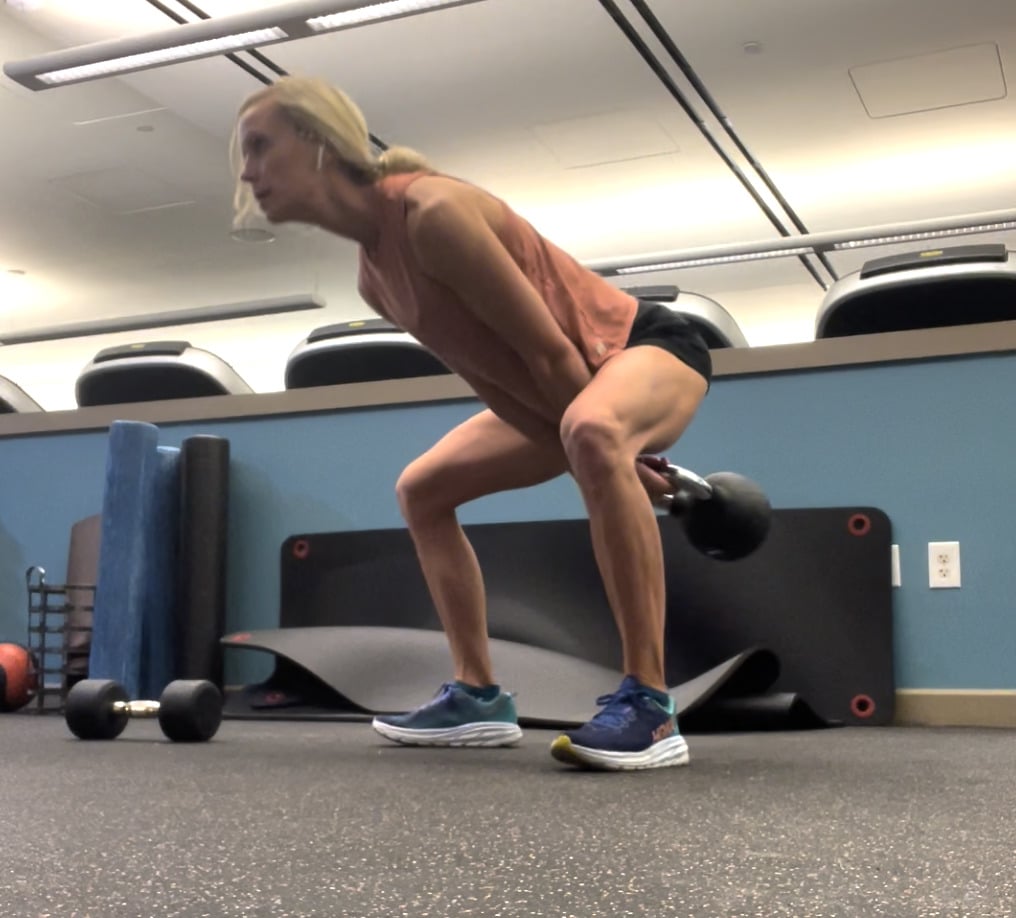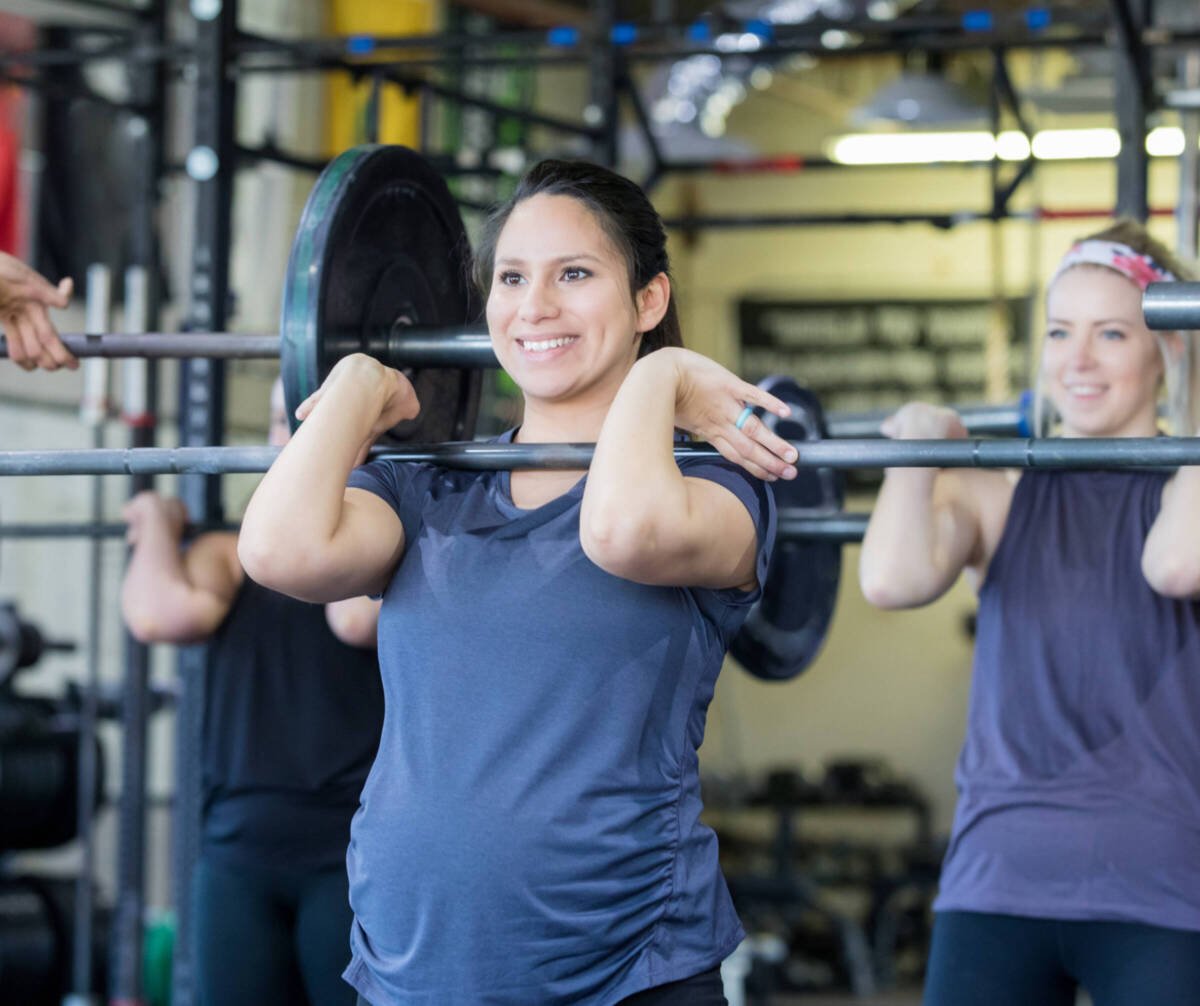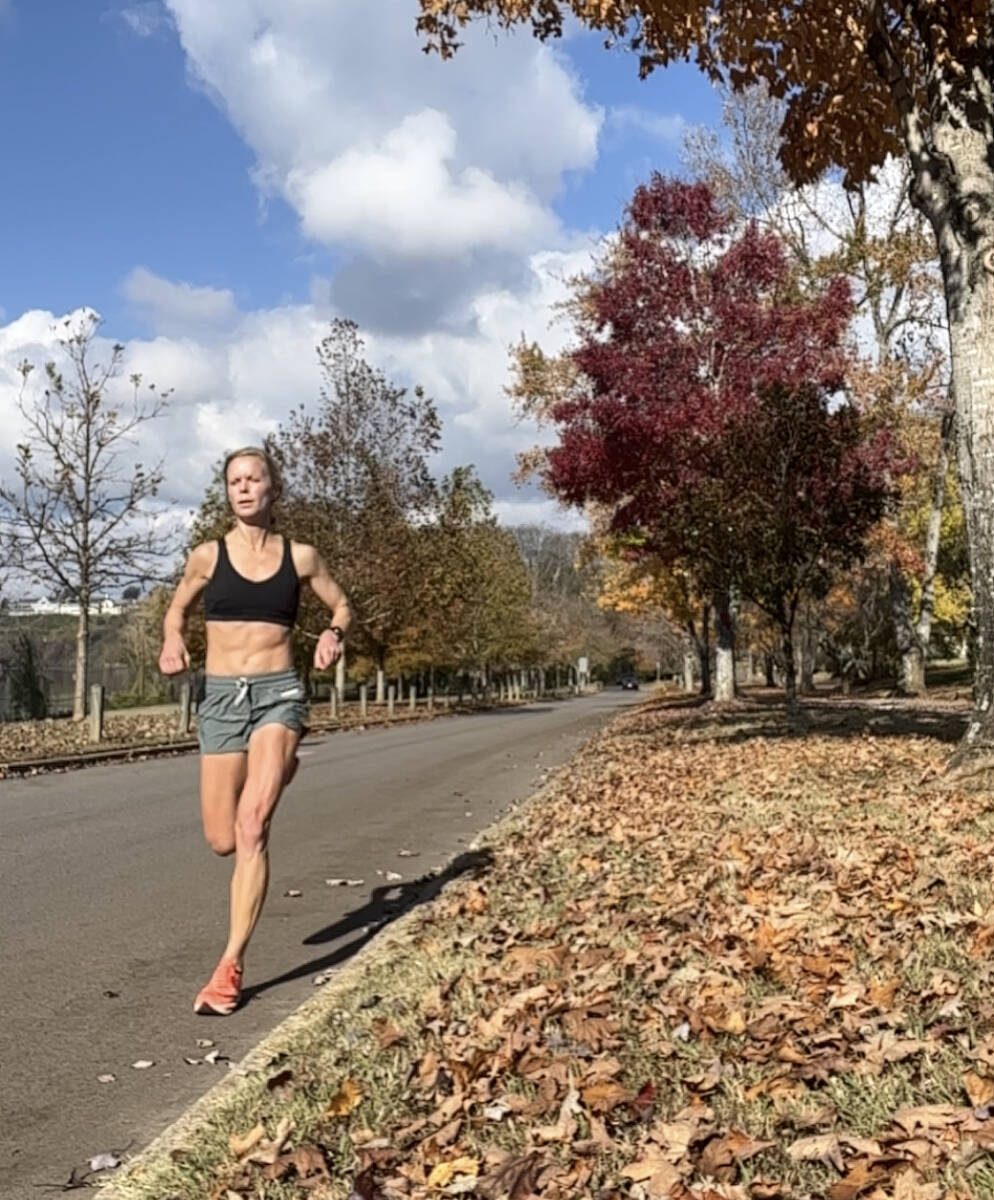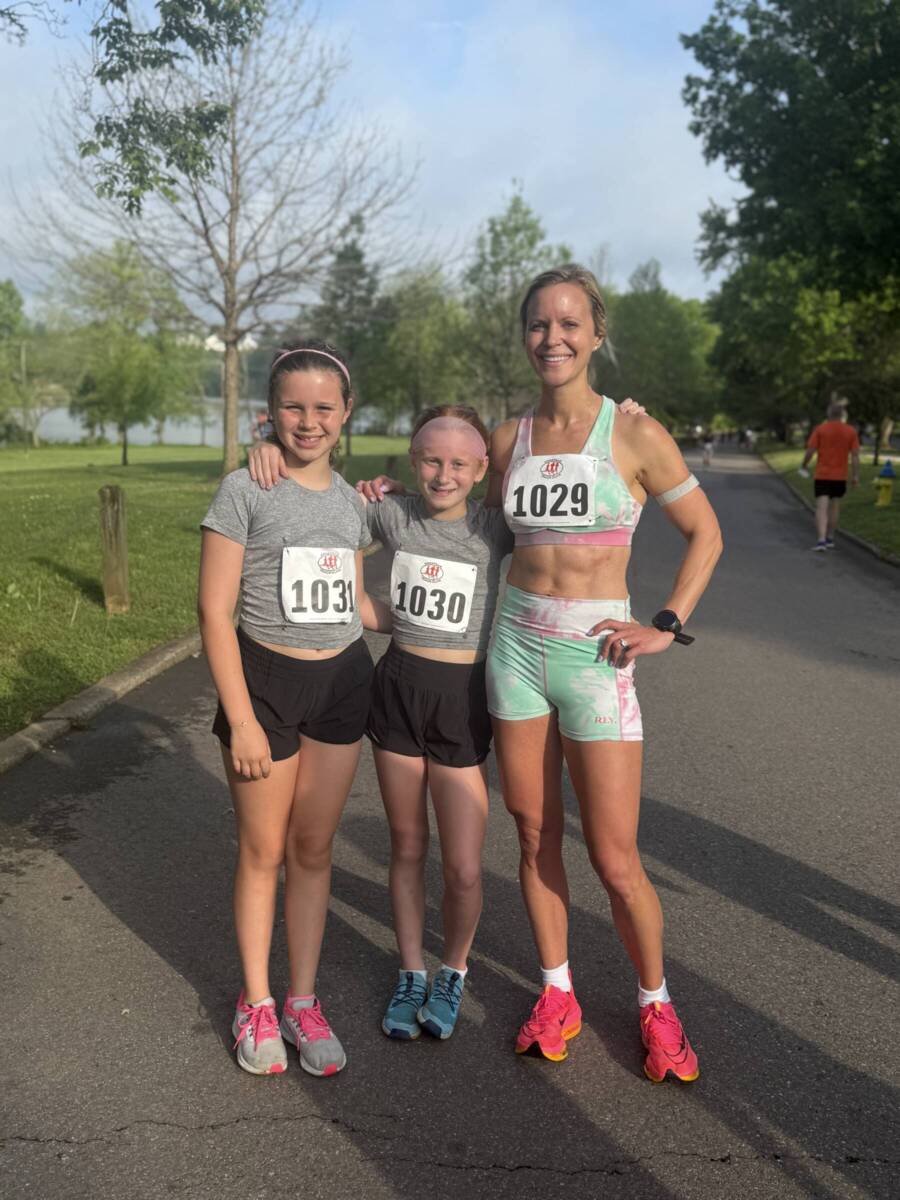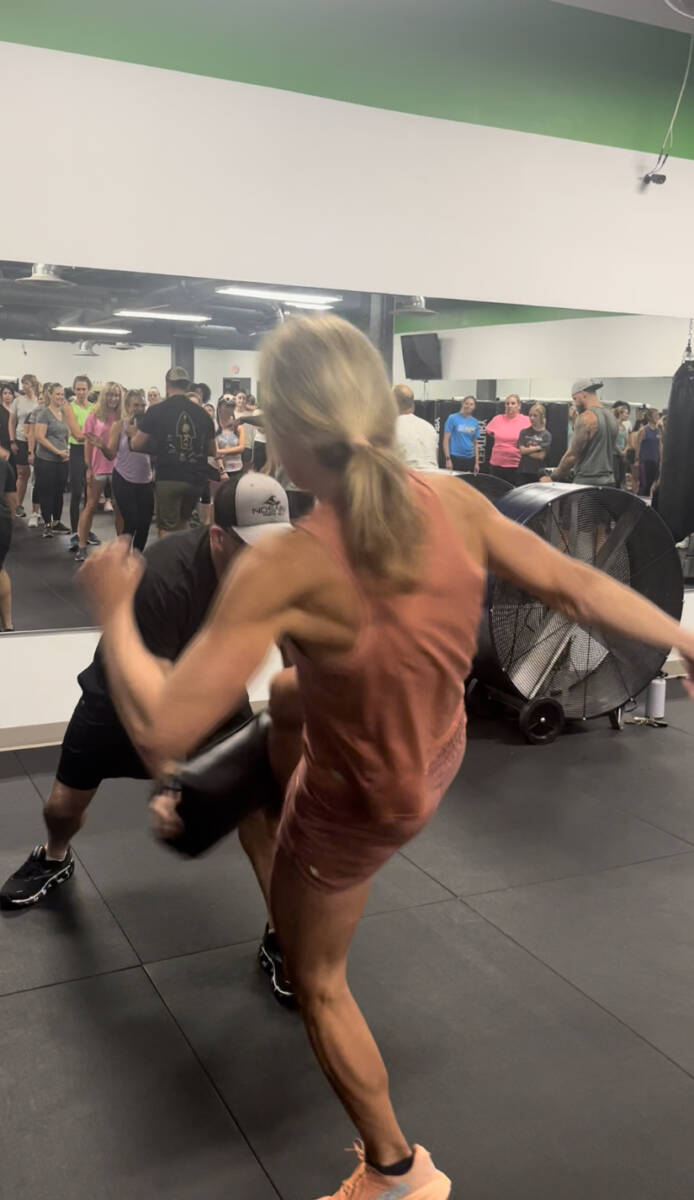Running and Menopause: Your Training Guide
Menopause and running don’t go together well. I know this because I was just told by my doctor that I am going through perimenopause and that’s why running has felt so hard lately.
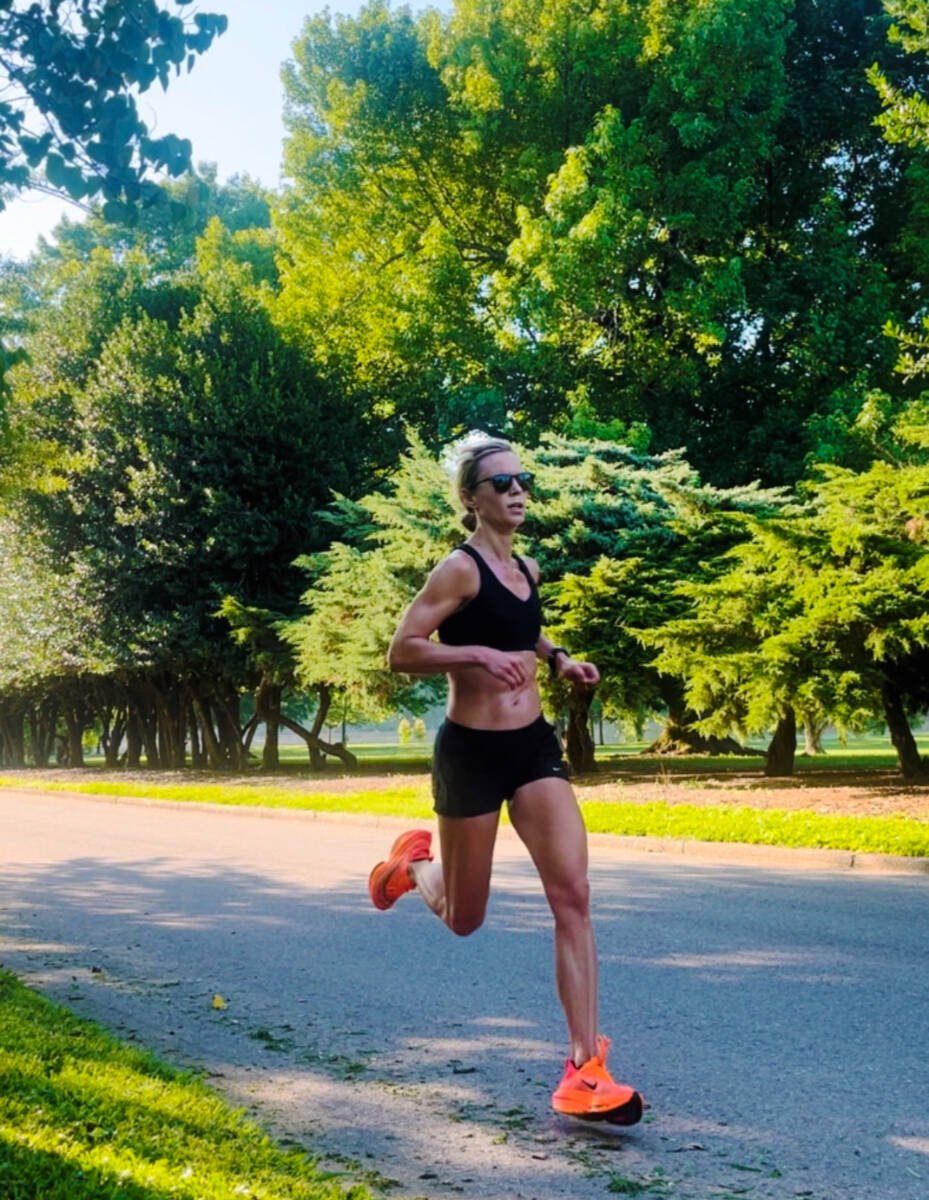
Menopause is a point in time 12 months after a woman’s last period. It usually happens between the ages of 45 and 55. The years (typically spanning 7-14) leading up to the last period are called the menopausal transition or perimenopause.
I am 43 and almost suddenly I felt winded on my runs, and my easy pace slowed by about a minute. My usual easy pace felt like a threshold workout. I got my labs drawn and everything looked good–minus my sex hormone levels being low including my testosterone and progesterone (I have battled high estrogen which was finally within normal levels). My doctor theorized this is the reason why running has felt harder and prescribed hormone replacement therapy (HRT). I’m taking other steps for running to feel better (because I still have PRs to chase after! Oh, and I love running!).
Table of contents
I am sharing my experience and tips from research and experts below so that your running and menopause don’t have to be at odds. I am also sharing my tips as a certified running coach who works with perimenopausal athletes. It is possible to conquer your running goals in perimenopause. In fact, I just had an athlete run a half marathon PR (a sub-1:30 at the age of 50) and is aiming to break 3 hours in the marathon this winter.
Note, I am not a doctor, but I did consult with a doctor and other experts for this article. If you have health concerns and questions, see your doctor.
Your Menopausal Training Plan
How do you run with menopause? Training will look different as your body goes through this transition also known as “the change” according to Golden Girl Blanche Deveraux (couldn’t resist working that in there). Why does it look different? Because the levels of estrogen, progesterone, and testosterone all fall during menopause with many ups and downs along the way. These fluctuations make menopausal symptoms erratic and varied. These symptoms such as hot flashes, headaches, and fatigue can make it hard to get motivated to run even if you know running with make your menopause symptoms better.
Tools such as cooling pajamas for hot flashes, magnesium supplementation to help with sleep and headaches, and menstrual cups for heavy periods, can help you cope with symptoms of menopause. So can adapting your training.
Below is your menopausal and perimenopausal training plan with insights from experts, including me as a certified running coach.
1. Proceed slowly.
If you’ve taken a break or are dealing with severe menopausal symptoms, meet yourself where you are. Start by doing most of your runs at an easy and controlled pace. Working with a running coach can help you progress so that you can safely start working in speed when ready. I suggest not looking too far back or forward. Set small goals and new ones that are fresh territory to escape the urge to compare.
2. Then add speed.
If you don’t use your speed, you lose it. Women in menopause benefit greatly from sprint interval training, according to Stacy Sims, who authored the training book for menopausal women, ROAR. The best type of high-intensity interval training for menopausal women is super short, sharp sprint-style intervals lasting about 30 seconds or less. This could look like 4-10 strides or hill strides 2-3 times a week.
3. Focus on recovery.
The length of recovery time will grow during this time:
- Instead of having two easy days between harder workouts, consider three or dropping to one hard day a week.
- Consider elongating a “training week” to ten days instead of seven.
- Also, do a down week (which features a 30 percent training load reduction) every third week instead of every fourth week.
- Build in more cross-training days to limit pounding but strengthen the cardiovascular system.
- Have a longer training build. The training cycle for a goal race may need to be longer to allow more time for recovery and training adaptations.
Less is more with running and menopause. You will gain more benefits from quality miles vs. quantity (high volume). Carefully monitor how you are feeling and adjust your training knowing that quality over quantity is key.
4. Lift heavy.
While you may be running harder less frequently during menopause, you can ramp up your strength sessions to counteract bone and muscle loss, and increase power.
According to Sims, HIIT workouts, plyometrics, and heavy rep schemes are beneficial for women in menopause. It doesn’t have to be complicated. A little can go a long way. (My friends Nick Klastava and Amanda Katz did a great interview with Sims on this topic on their podcast, Between Two Coaches).
Aim to do 2-3 strength training sessions a week on your harder run days. If you struggle with incontinence during menopause, an app such as Strong Like Mom can help strengthen your pelvic floor which weakens as estrogen drops.
Here are some other strength resources to get you started:
- Strength Training for Marathon: A Periodization
- Strength Training Guide for Runners
- Kettlebell Workout for Runners
5. Stay mobile.
The extra bodywork such as warm-ups, cool-downs, mobility, and post-run stretching and rolling will help keep your joints mobile during a time when range of motion is shrinking.
Here are some routines to help:
6. Pay attention.
It’s important to pay attention to how your body is feeling. I suggest even starting a journal. You may notice triggers (e.g. red wine may hurt recovery or trigger headaches or two run days are too tiring). Note these triggers and avoid them. Using a fitness tracker can also help monitor how your body is responding to training, so you don’t push yourself over the redline.
7. Recruit a friend.
Training with a partner can help keep you motivated and give you space to vent if you are feeling frustrated by your menopausal symptoms (or anything else in life). I don’t think I can adequately express how strong and meaningful bonds built while on the run can be. Running friends are the best to lift you up when you are down and keep you moving forward. They are also wonderful to celebrate victories big and small with.
8. Level up your nutrition.
I will be honest that nutrition has been an afterthought of mine since I haven’t been aggressively training for a goal. Before perimenopause, I could get away with this. But now that I am running while perimenopausal, I need to pay attention. Here are changes I am making.
- Never run on empty. No fasted runs as that can further push down your sex hormone levels. Eat a small snack of some carbs and protein before any run. This looks like grabbing a bagel or half a bagel with some light peanut butter.
- Fuel during runs. Any run over 75 minutes, I start taking energy gels.
- Refuel fast. I refuel within 30 minutes of my runs with carbs and protein. Women’s bodies need to kickstart the recovery process sooner than men’s.
- More protein. I am eating more protein–aiming for about 1kg per pound of bodyweight. Drinking FairLife Core Power which has 42 grams of protein after my run is helping me with my goal.
- Eat more in general. I am eating more often. I realized I may have been unintentionally underfueling. I eat every 2-3 horus and am adding more to my meals, as well. For instance, before breakfast would just be a bagel but now I add fruit and a yogurt with high protein such as Siggi’s.
- More fruit and veggies. I’m also aiming for 2-3 servings of fruits and veggies each as the antioxidants can help with recovery, thanks to the advice from Megan Robinson, registered sports dietitian, who works with masters runners.
- Take creatine. I am now supplementing daily with 5mg of creatine monohydrate (I’m using Momentous) about an hour before running. Research indicates that creatine supplementation increases aging muscle mass and strength, possibly by influencing high-energy phosphate metabolism, muscle protein kinetics and growth factors, and bone mineral enhancement.
- Use collagen. When I take my creatine, I also drink a swing of the Modere LIfe Biocell Collagen to help with my joints.
- Take a joint supplement. I also take the Previnex Joint Health+ supplement daily to help with joint health which can deteriorate during this time. I’m also making sure I’m getting enough calcium and vitamin D to help with bone and joint health.
After a couple of years of trying to bring my hormone levels up naturally with nutrition and supplements, I am now starting hormone replacement therapy (starting with a low dose and re-testing in 3 months to see how my body is responding).
9. Ask your doctor about Hormone Replacement Therapy.
I have coached several athletes who say their life has dramatically changed for the better thanks to hormone replacement therapy (HRT) or menopausal hormone therapy. According to Dr. Sims and Dr. Catherine Multari, a naturopathic doctor, HRT can be extremely helpful in combatting menopausal symptoms. Talk with your doctor to decide what option is best for you.
10. Sleep!
Sleep is paramount for recovery and it can become difficult during perimenopause. After my doctor and a friend asked me if I was getting enough sleep due to my fatigue, I started sleeping in a little bit later and realized–no! I wasn’t! Taking progesterone and magnesium at bedtime helps me fall asleep faster. Then on my mornings that I can, I will not allow myself to get out of bed until a certain time–even if I am awake. That extra rest does help with my fatigue levels.
Benefits of Running for Menopause
While running with menopause may require extra effort, running is good for menopause and relieving menopausal symptoms. Studies show that exercise improved many menopausal symptoms:
- Stronger bones
- Better sleep
- Improved mood
- Weight management
- Reduced hot flashes
- Fewer headaches
- Less joint pain
If you want guidance with running and menopause, I would love to help you. Check out my run coaching services for more information.
Has perimenopause affected your running?

